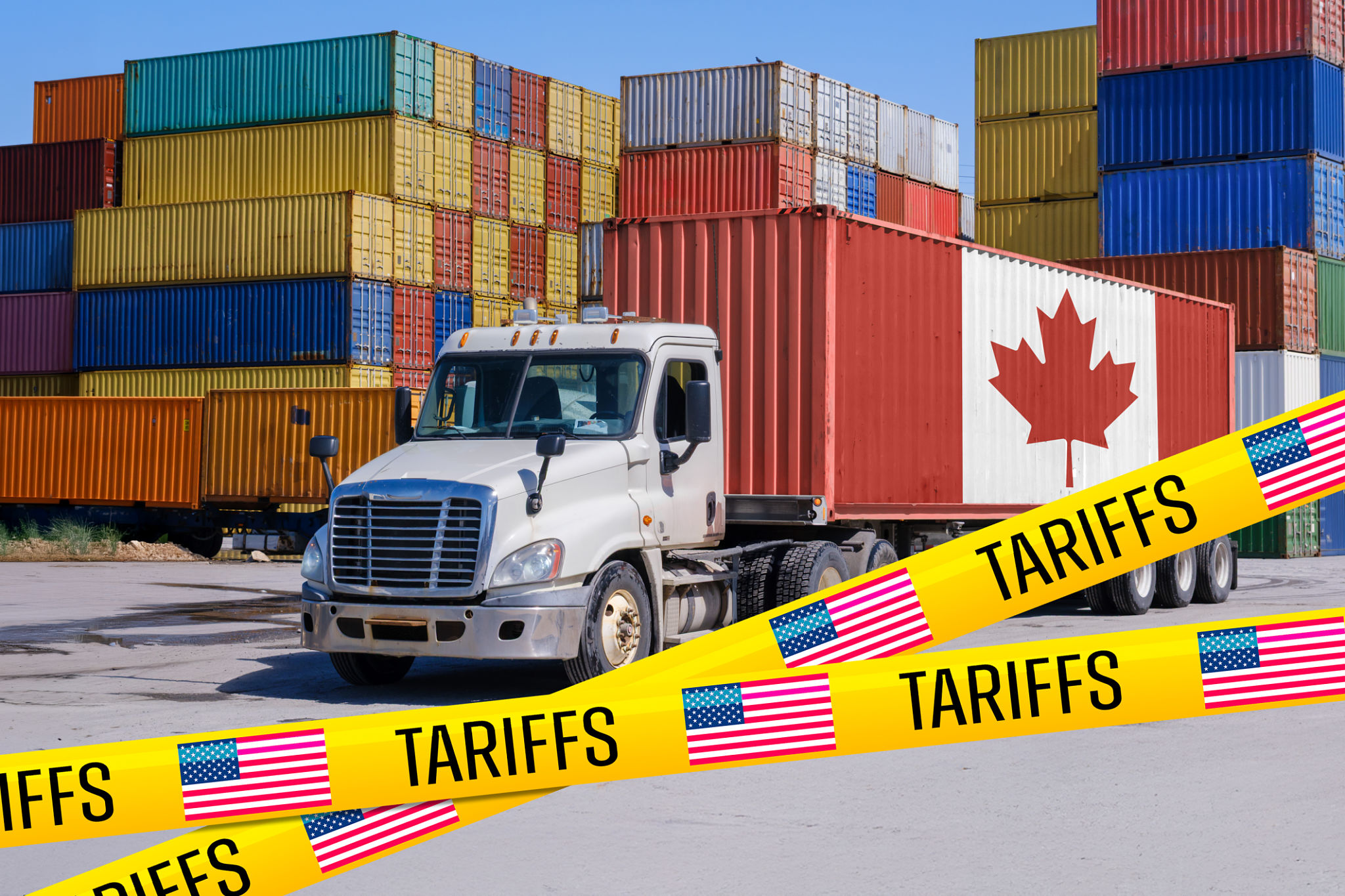How to Navigate Regional Trucking Regulations in the U.S.
Understanding Regional Trucking Regulations
Trucking regulations in the U.S. can be a complex landscape to navigate, especially when considering the varied rules that apply across different states and regions. Understanding these regulations is crucial for ensuring compliance and avoiding costly fines or delays. In this post, we'll explore the essentials of navigating regional trucking regulations effectively.

Federal vs. State Regulations
Firstly, it's important to distinguish between federal and state regulations. The Federal Motor Carrier Safety Administration (FMCSA) sets national standards for truck drivers and companies, but states have the authority to impose additional requirements. This means that while federal regulations provide a baseline, each state can have unique rules that must be followed.
For instance, some states may have stricter emissions standards or specific weight limits on certain roads. Understanding these differences is key to staying compliant wherever your routes take you.
Key Areas of Regional Regulation
When navigating regional regulations, there are a few key areas to focus on:
- Weight Limits: Different states may have varying weight restrictions, especially on secondary roads and bridges.
- Emissions Standards: Some states require compliance with stricter environmental regulations to reduce pollution.
- Permits and Licensing: Ensure that you have the necessary permits for oversized or hazardous loads.

Staying Informed and Updated
Regulations can change frequently, making it essential to stay informed. Subscribing to industry newsletters, joining trucking associations, and regularly checking state Department of Transportation websites can help you keep up-to-date with any changes. Additionally, investing in good compliance software can simplify monitoring and adherence to these rules.
Engaging with local trucking communities can also be invaluable, as they often share firsthand insights and experiences regarding regional regulations.
Leveraging Technology
Technology can be a great ally in managing regional trucking regulations. GPS systems and route planning software can help identify the best routes that comply with various regional restrictions. Additionally, electronic logging devices (ELDs) can assist in maintaining accurate records, which is crucial for compliance with hours of service regulations.

Common Pitfalls and How to Avoid Them
One common pitfall is overlooking permit requirements for oversized loads. Be proactive by researching permit needs well in advance of any trip. Another issue is failing to adjust routes during construction or seasonal restrictions, which can lead to fines or delays.
It's also important to ensure that all drivers are well-versed in both federal and state regulations, as they are the ones who will need to adhere to these rules on the road.
Conclusion
Navigating regional trucking regulations in the U.S. requires diligence, awareness, and the right resources. By understanding the differences between federal and state rules, staying informed, leveraging technology, and avoiding common pitfalls, you can ensure that your trucking operations remain smooth and compliant.
With the right approach, you can minimize risks and focus on what truly matters—delivering goods safely and efficiently across the country.
